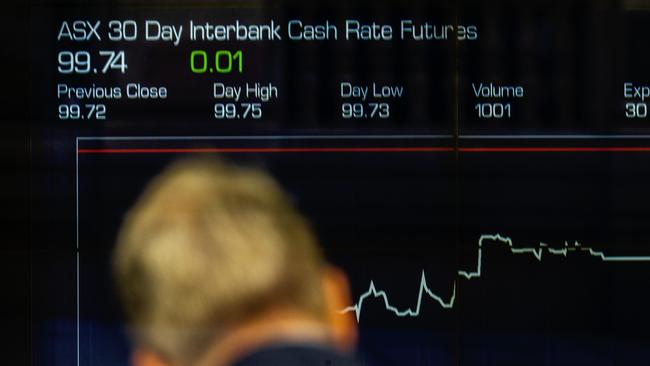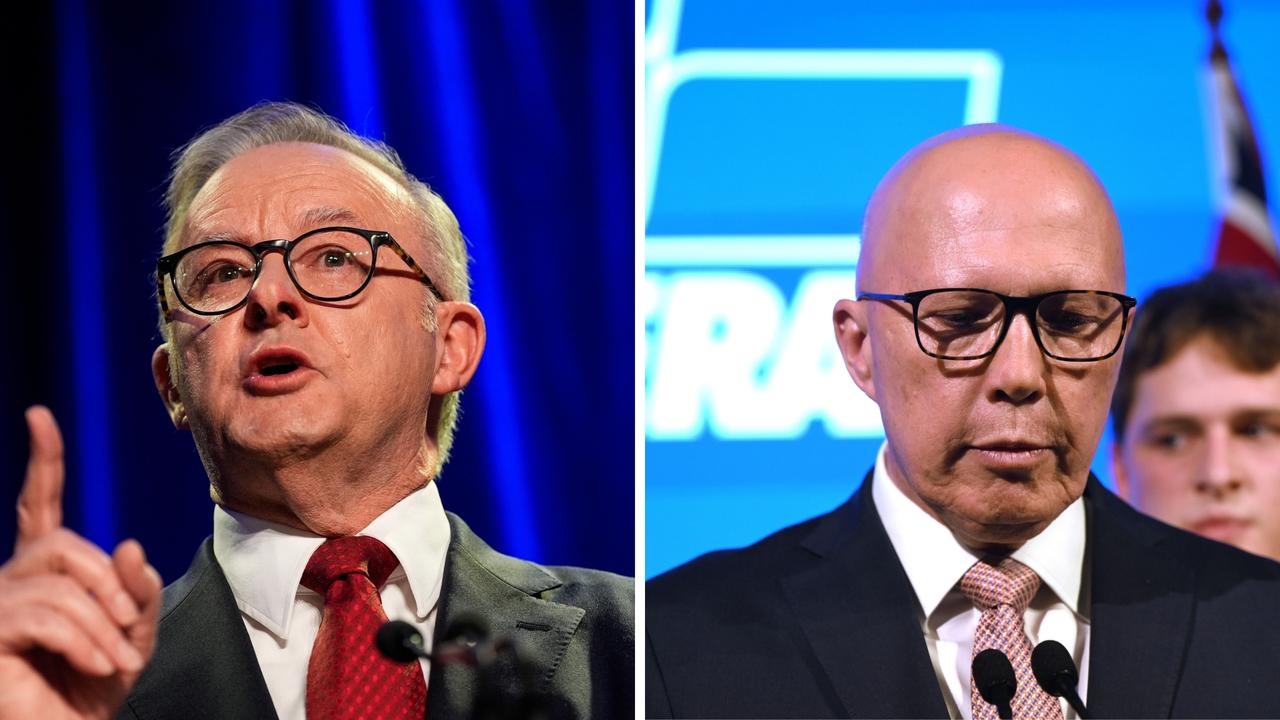Profitable year, but companies see trouble on the horizon

In the rearview mirror is a helter-skelter 12 months of Covid-19 lockdowns which morphed into new uncertainty with the war in Ukraine. Supply-chain stress grew, leading to an energy crisis. And a new threat of inflation arrived, bringing with it rising interest rates.
A slowing global economy and potential recession has weighed on guidance across the June results.
Here are seven lessons from the season.
Earnings beat
The earnings story was positive overall for ASX 300 companies. Barrenjoey research puts the ratio of upside surprises to downside surprises at roughly two to one.
Wilsons found the best performing sectors were IT, real estate and financials, with beats of 80, 72 and 65 per cent respectively.
Predictably, strong results came from mining and energy thanks to rising commodity prices, including BHP, Rio Tinto, Whitehaven Coal and Ampol.
Others winners appeared from shutdown disruptions: in logistics Qube’s profits rose 39 per cent and property giant Goodman saw strong demand for its industrial sites for last-mile logistics.
Overall, companies showed remarkable resilience in a volatile year.
Sobering guidance
In contrast to earnings, the guidance on outlook paints a sobering picture of how chief executives view a slowing global economy.
“Most of the consensus numbers as we see them came down,” says Barrenjoey head of research Craig Stafford. “39 per cent of the stocks that reported saw EPS consensus forecasts for FY23 fall and only 18 per cent increased.”
Wilsons says management teams did not inspire the market enough to stave off pessimism for 2023.
The market expects next year’s earnings to grow at 6.5 per cent after a jump of 20.5 per cent in 2022. Wilsons sees 6.5 per cent as on the high side given expected cost pressures and softer demand.
Quantitative guidance was thin on the ground. And it was guidance more than earnings beats that tended to drive share price swings on results.
Rio Tinto and Transurban delivered guidance below expectations. Amcor warned of higher input costs on raw materials like aluminium.
The fog of the energy transition caused gentailers Origin and AGL to withhold full-year guidance altogether. Frankly, who could blame them?
Despite rising interest rates, there were few issues around hedging of debt.
“Corporate balance sheets are in pretty good shape, but it will be interesting to see what happens as hedging rolls off,” says Stafford.
Spotlight on margin control
Rising inflation in the second half created a new challenge: how to pass rising prices through to customers. The market rewarded those who could outgrow rising costs and not just those with pricing power.
A standout was logistics business Brambles, which offset rising timber and freight costs, increasing prices by 17 per cent and lifting profit 14 per cent.
Other strong performers were JB Hi-Fi, packaging group Amcor, BlueScope Steel, James Hardie, Qube and Treasury Wine Estates.
In insurance, QBE, IAG and Suncorp had no trouble with premium hikes for customers.
But consumer staples like Coles and Endeavour could not pass on labour and supply chain costs as well as expected. Inghams’ earnings fell 14 per cent as it pointed to higher costs of fuel, chicken feed and staffing problems.
Margin control in FY23 was a major factor in company guidance.
“Price inflation is helping the top line but delivering those products or services is costing more and putting pressure on margins and the market has become more cautious about EPS growth after this reporting season,” says Stafford.
Trading updates
Trading updates for the first six weeks were surprisingly bullish given the slowing economy, including Super Retail Group and JB Hi-Fi where like-for-like sales rose 9.2 per cent in July.
Consumers are still sitting on savings, but the company outlook statements speak volumes.
“Our expectation is consumers over the next 18 to 24 months will feel the pressure of higher interest rates and probably feel less wealthy because their house is worth less and therefore probably spend less monthly,” says Stafford.
Wages, skills shortages
The skills shortage and absenteeism were an across-the-board concern for CEOs, with Qantas a dramatic example of how shortages affect service.
Wage pressure intensified across banking and supermarkets with CBA costs jumping 8 per cent, half on half.
However, Wilsons expects labour costs for the big four banks to be offset by a rise in net interest margins as interest rates continue to rise, and the market continued to upgrade bank earnings in August.
Dividends and buybacks
It was a good year for dividends, with shareholders of the top 50 ASX companies receiving about $50bn in returns.
Investors warmed to dividends from BHP, Wesfarmers, CSL, Tabcorp and Woodside, although some Woodside shareholders wanted more, despite the future growth plans for the business, enlarged by BHP’s oil and gas assets.
Rio Tinto’s dividend was disappointing but perhaps the money is better spent on control of Mongolia’s Oyu Tolgoi copper mine.
Several companies announced buybacks, including BlueScope Steel, Qantas, Santos, Seven West Media and Nine Entertainment.
Tech triage
After this year’s reset of all things tech, results were a good way to triage the high-flyers of the pandemic. Sitting in the ASX top 20, WiseTech had a bumper year of growth and a net profit of $194.6m from the software international logistics business.
Buy now, pay later business Zip hit the retreat button on the UK after a $1.1bn loss.
Stafford says the profitability and sustainability of tech business models are being scrutinised. “Players like WiseTech are winners out of that increased focus. Others have been questioned, like the BNPL sector. Is it profitable with the growth in bad debt expense? Maybe profitability is going to take longer or not at all.”
And there was a reality check for pure-play e-commerce retailers that grew during lockdown. “Many company chief executives thought the shift was permanent,” Forager’s Steve Johnson noted on Wednesday. “But … everyone is saying the consumer has gone back to their pre-pandemic modes of shopping.”



The 2022 reporting season was an earnings beat, but it throws up more questions than answers on the year ahead.